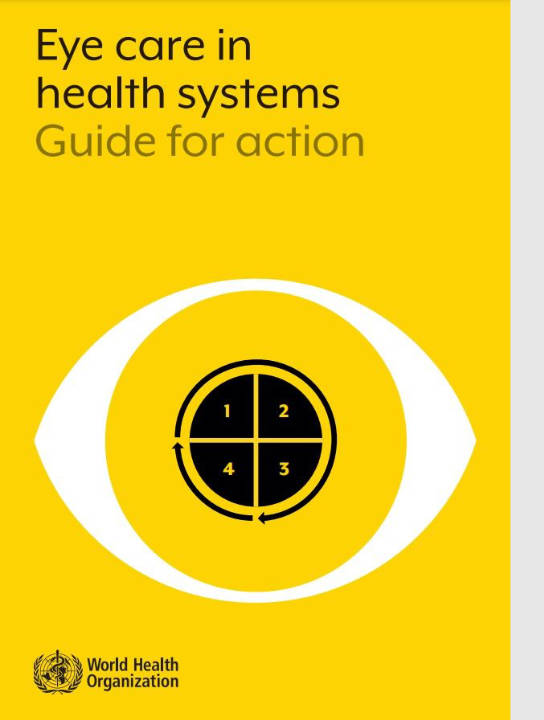Join a powerful, unprecedented alliance for better eye health for all.
Join IAPBA snapshot of key strategies, resources and learning experiences around integrated people-centred eye care.
Author: Michael Morton, IAPB Knowledge Team, August 2022

The WHO’s Eye care in health systems: guide for action gives examples of actions we can take in each area.
Select the following four tabs to learn more.
Integration within and beyond health system is a key element of IPEC. This means eye care services must be coordinated between across the different levels – from primary care in the community all the way to care provided by eye specialists in hospitals.
We need to create stronger links with general health services and beyond the health sector.
View this video to learn more.

Introduction to IPEC is a free, self-paced elearning course that references and guides you through key elements of the WHO’s Eye care in health systems: guide for action and IAPB’s Integrated People-centred Eye Care Advocacy to Action Toolkit.
You’ll start by learning more about what integrated people-centred (IPEC) is, what it aims to achieve and why it is important. Then in the final three units, you will play the role of Clara, the Country Manager for an eye health NGO. You’ll participate in meetings, initiate a policy dialogue, and help to guide your team towards a strategic plan for IPEC implementation.